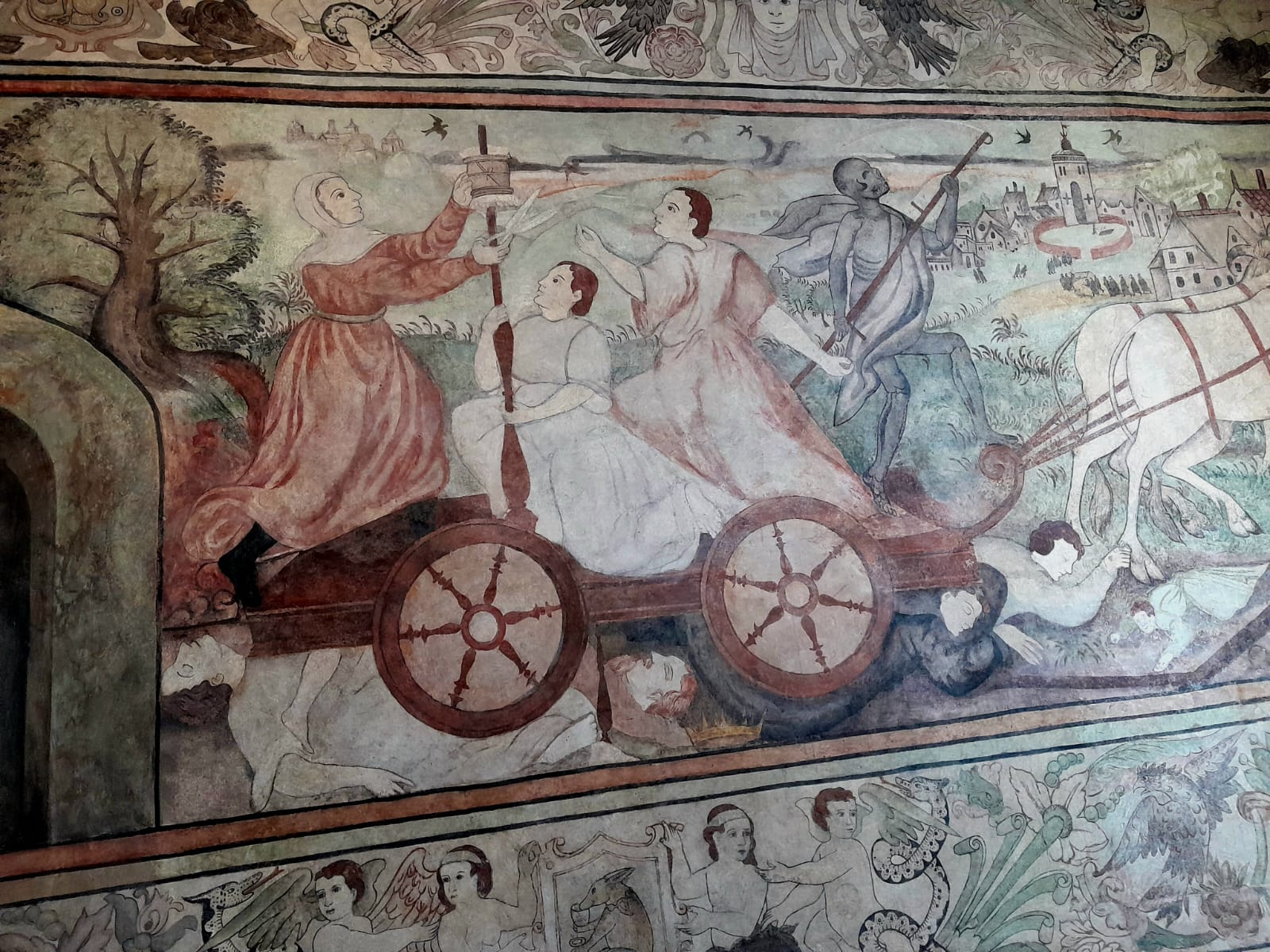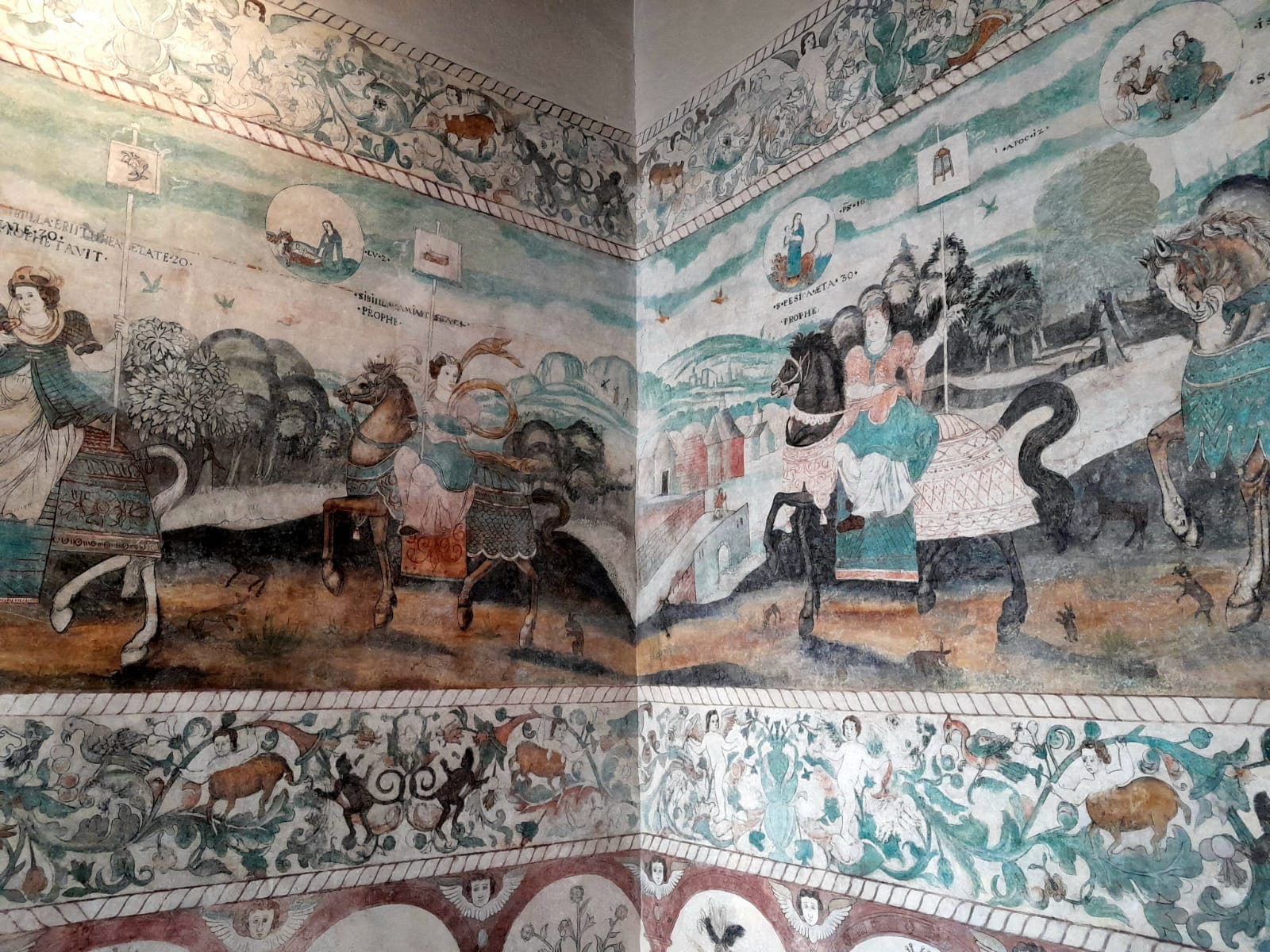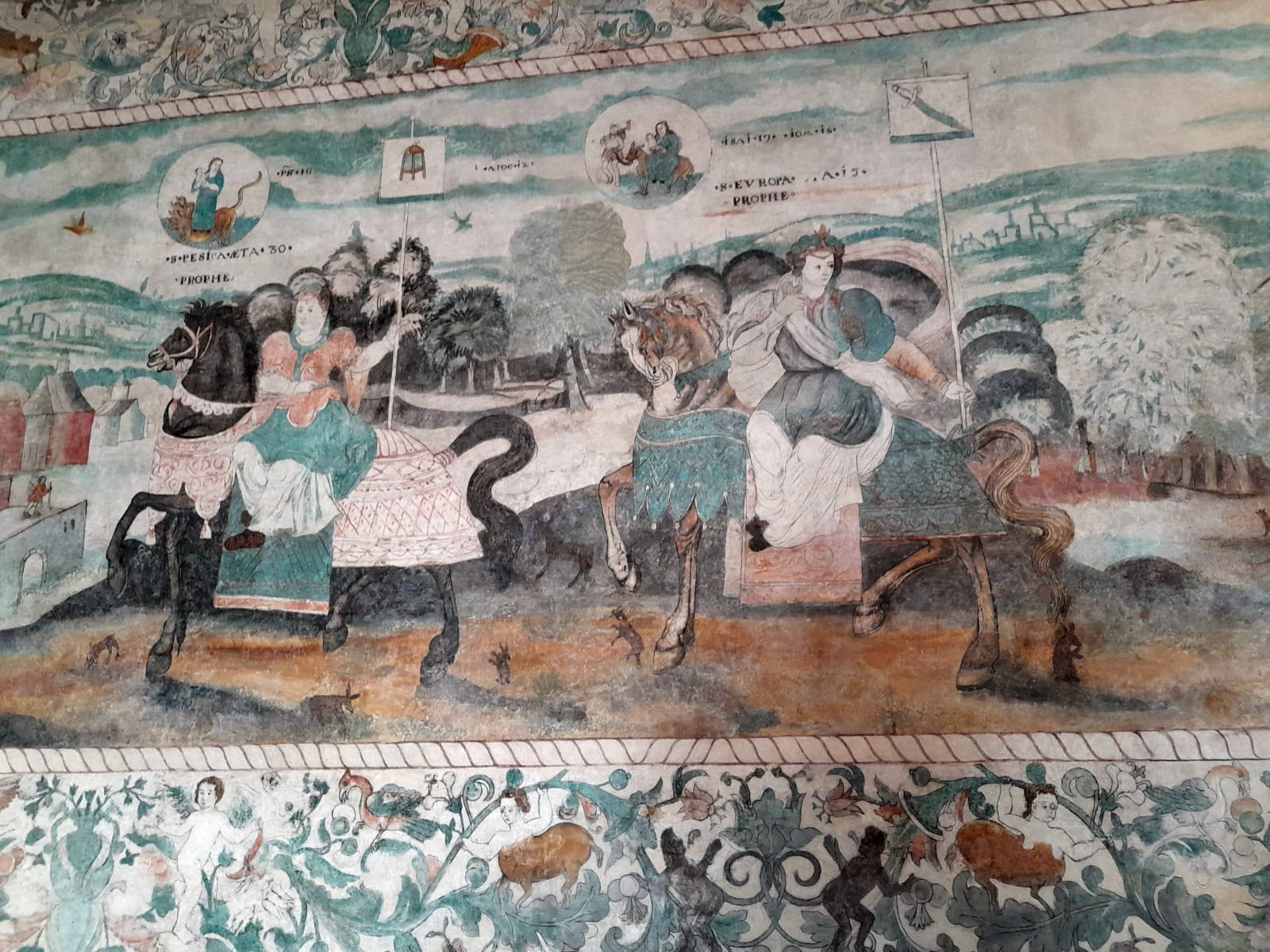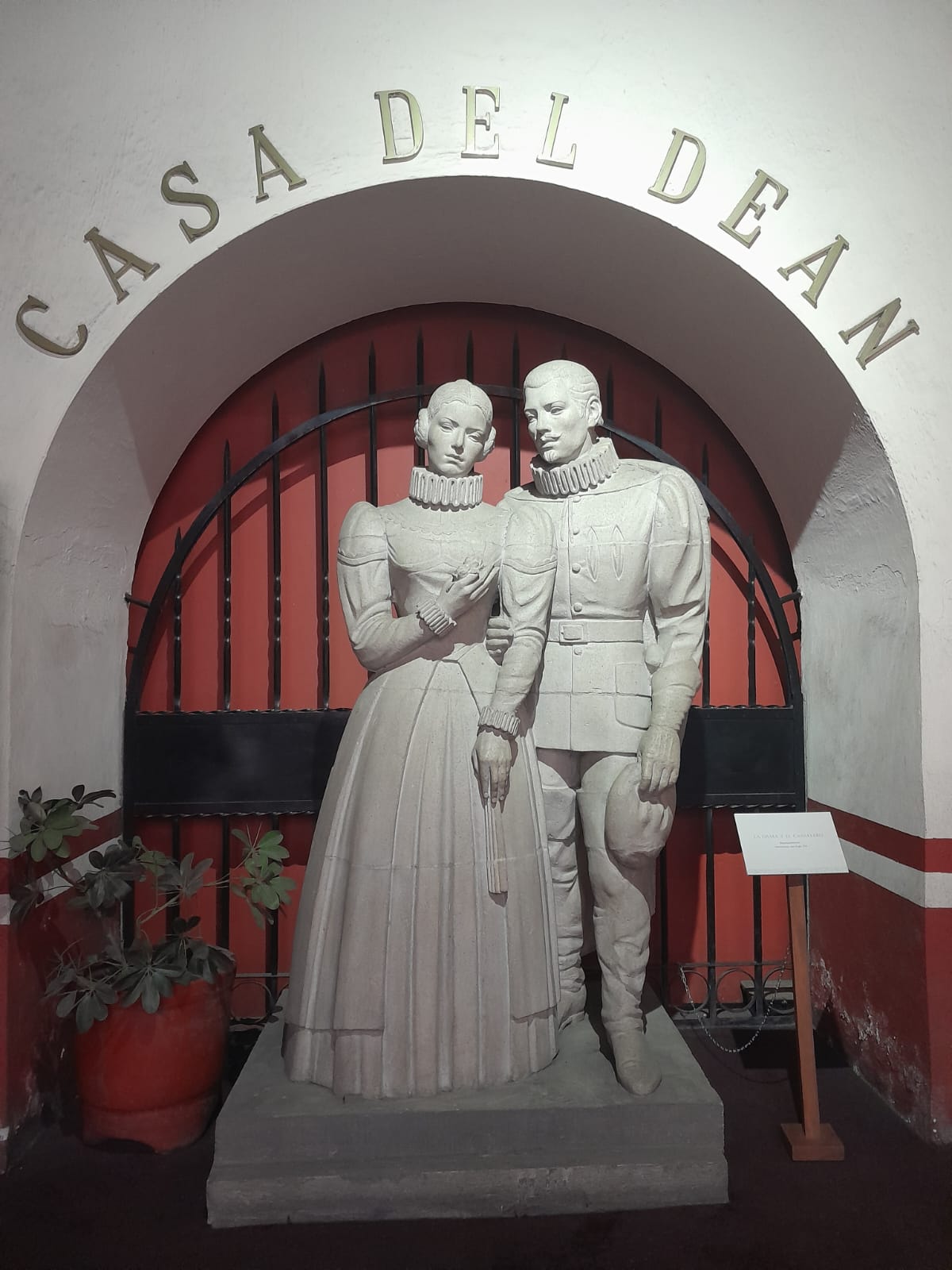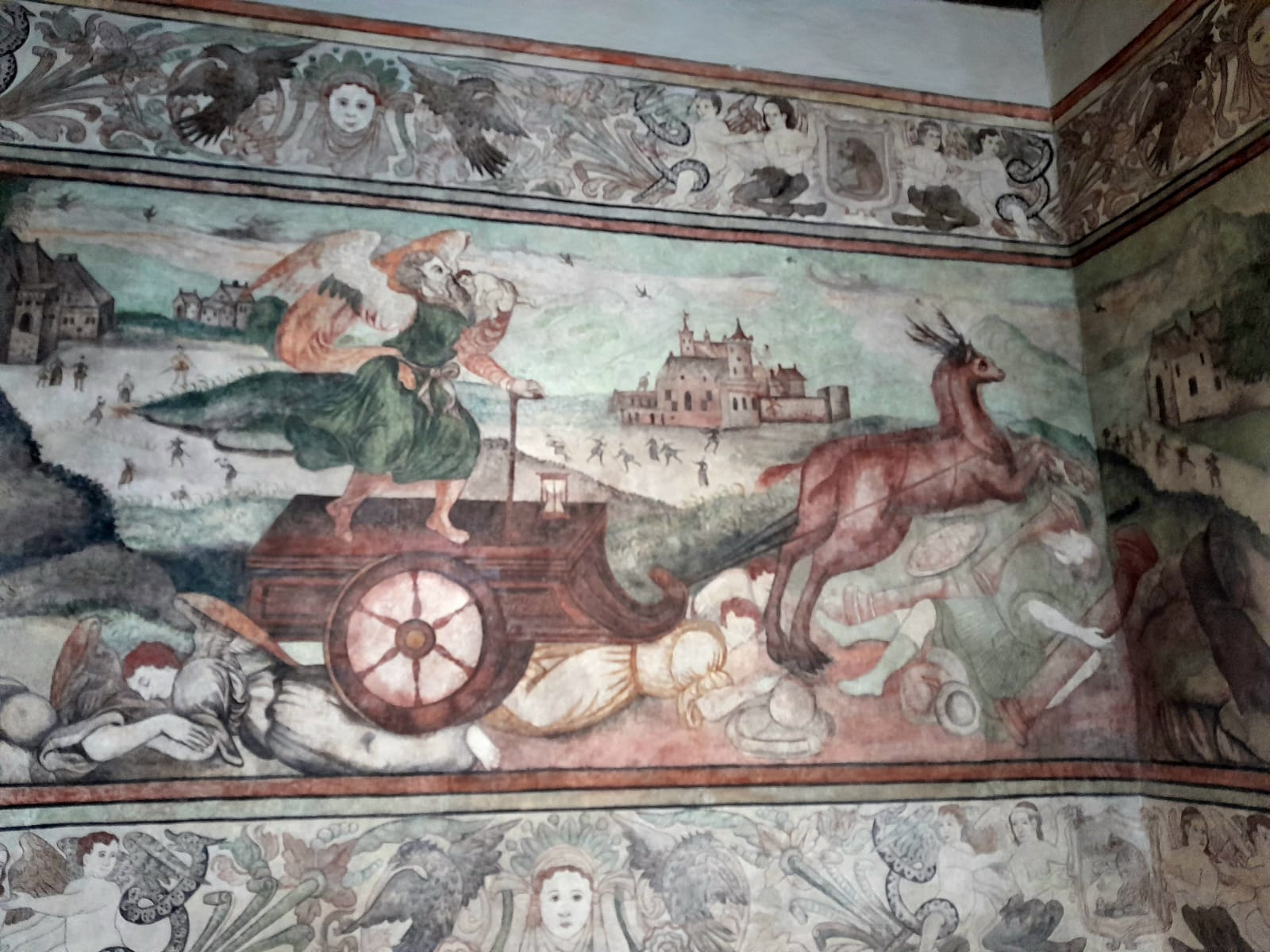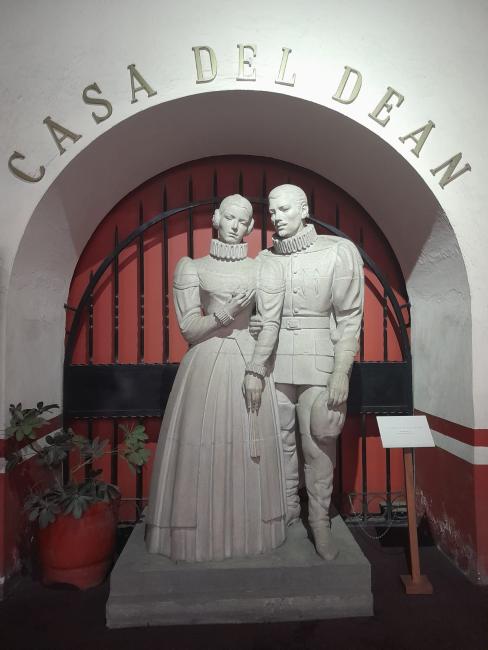Casa del Dean
The "Casa del Deán" is one of the most iconic buildings in the city of Puebla. It is considered the oldest standing civil structure in the noble city of "Puebla de los Ángeles" and served as an architectural precedent for the construction of the city's cathedral. Built between 1564 and 1580, the house was commissioned by Tomás de la Plaza y Goes, the third dean of the cathedral chapter.
Located on the street that leads directly to the cathedral, this spacious house occupied an entire city lot, equivalent to 1,708 square meters. In keeping with the typical style of 16th-century Pueblan homes, the building featured two large courtyards, a grand staircase leading to the upper floor, and several rooms overlooking the main street. The Renaissance-style façade, made of gray quarry stone, is particularly striking.
For over three centuries, the building remained largely intact. However, in 1953, the house was sold to make way for a movie theater, and a significant portion of it was demolished. Public outcry helped save the main façade, part of the staircase—though it was relocated from its original site—and two rooms where remarkable mural paintings were later discovered.
One of these rooms served as the dining room, where the walls are adorned with images of the twelve Sibyls—female prophets who, in Christian tradition, foretold events in the life of Christ. All are depicted riding spirited horses, except one, who is mounted on a mule and blindfolded. Although the exact source of these images is unknown, it is believed they were inspired by a "Book of Hours" or, as was common in the colonial period, by a series of European engravings.
The second room is thought to have been the private chamber of Dean Tomás de la Plaza y Goes. Its mural paintings portray five episodes from "The Triumphs", a literary work by the Italian Renaissance poet Francesco Petrarch: "The Triumph of Love, The Triumph of Chastity, The Triumph of Time, The Triumph of Death", and "The Triumph of Fame".

